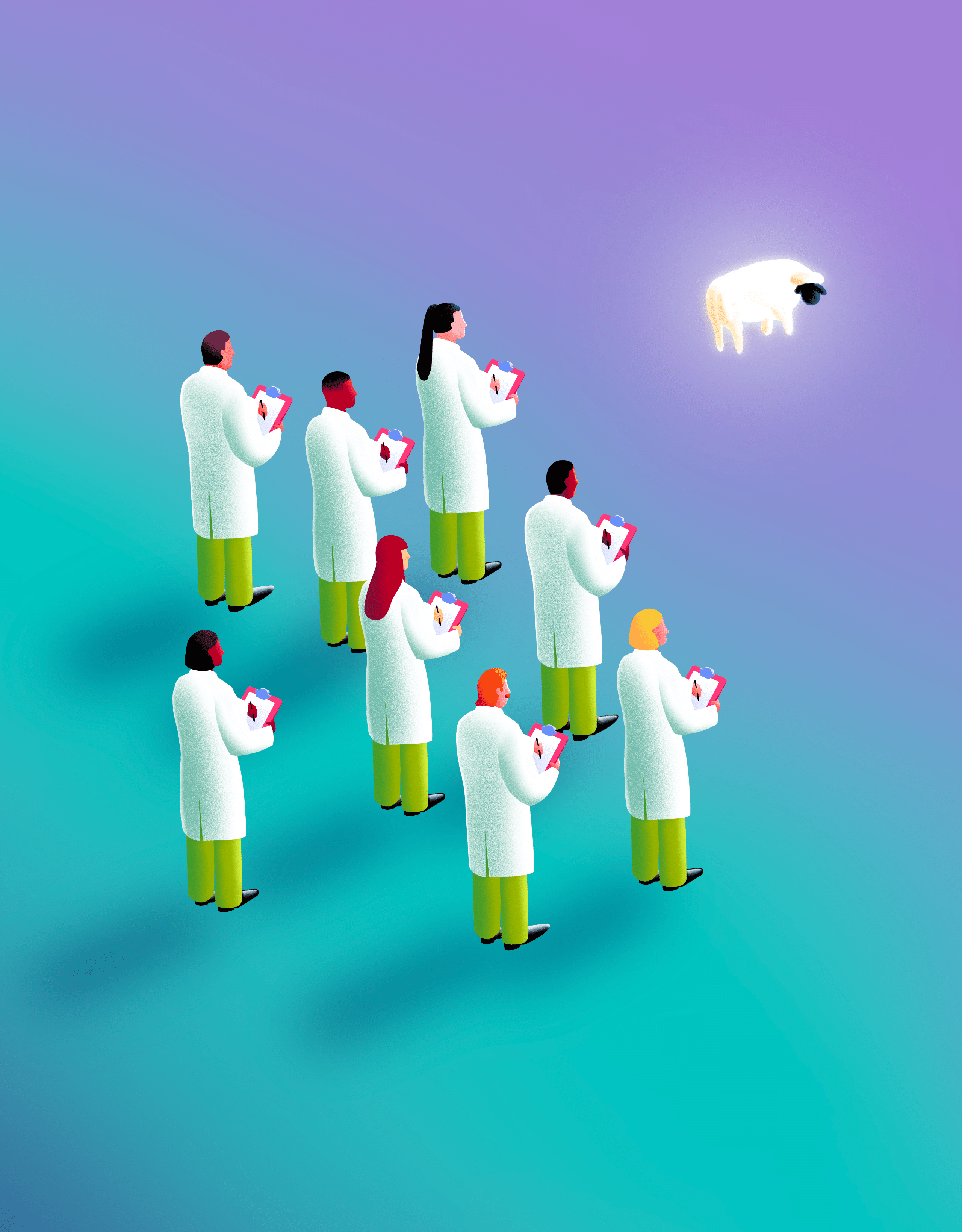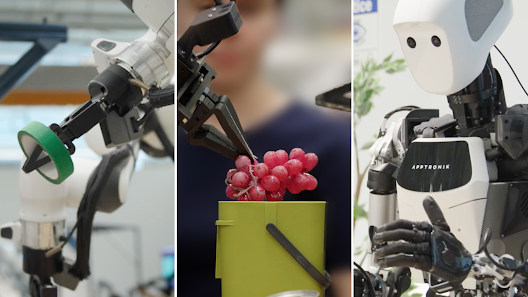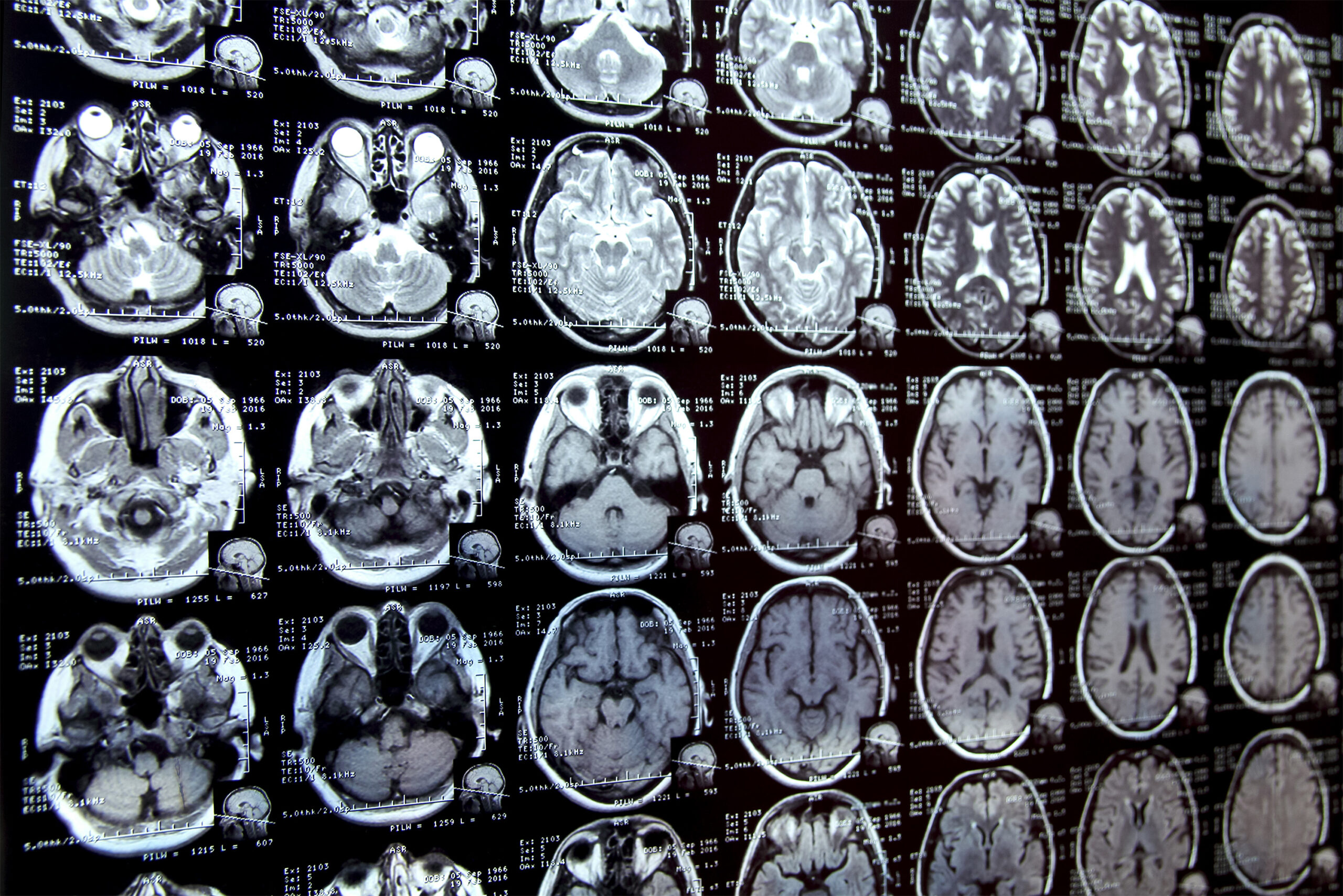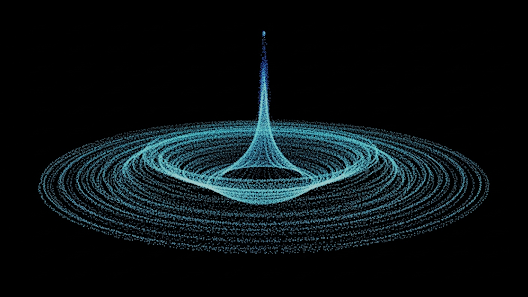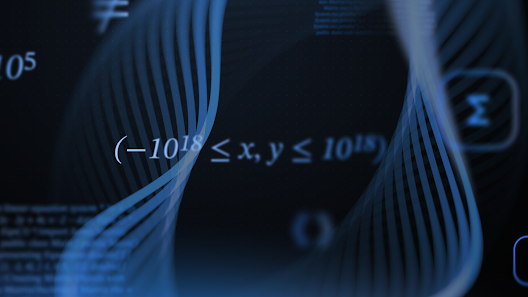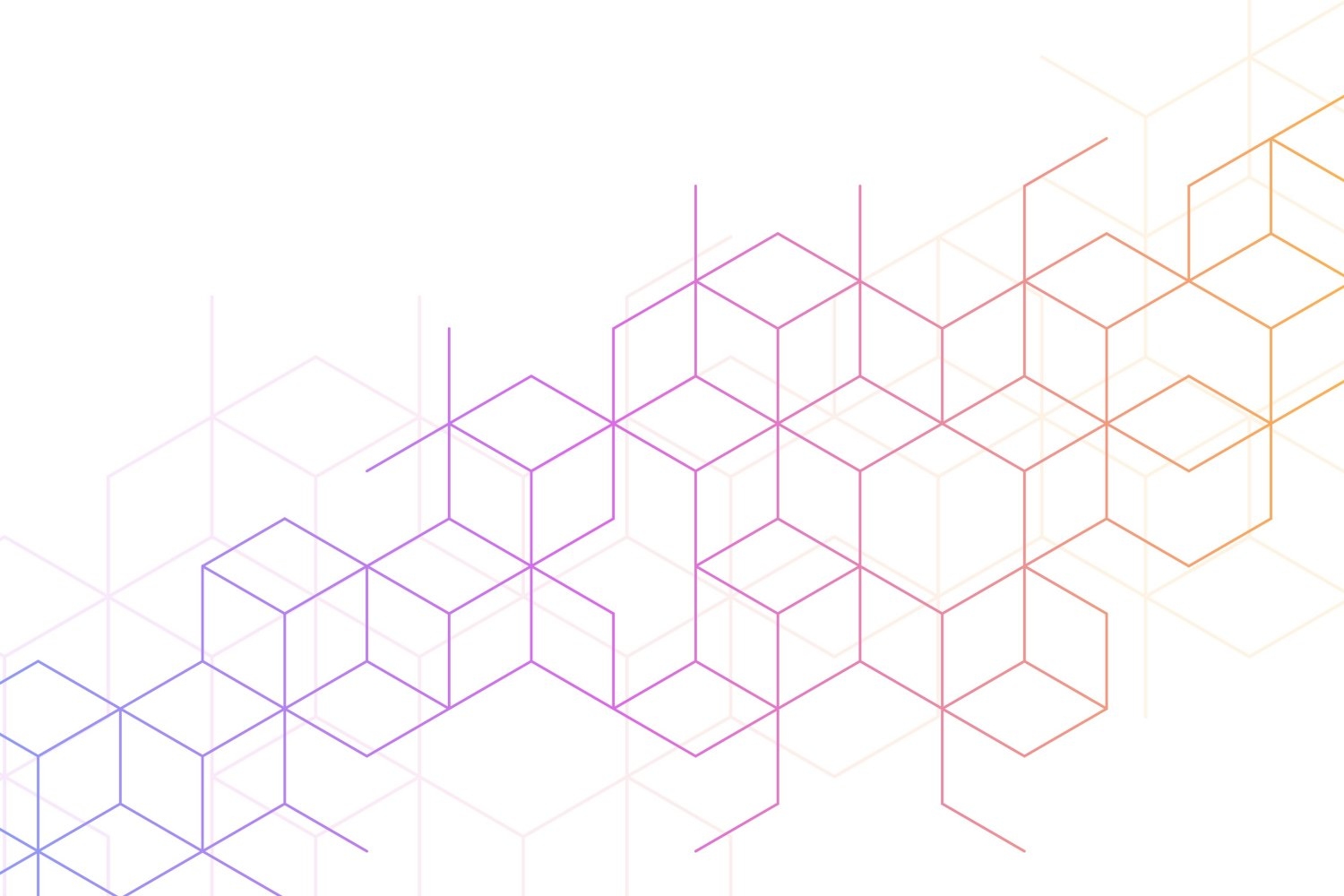Will We Finally Understand What Animals Are Saying?
For centuries, humans have been captivated by the mystery of animal communication. What are animals saying to each other? With advancements in artificial intelligence (AI) and machine learning, this age-old question is closer to being answered than ever before. Adding to the excitement is the Coller-Dolittle Prize, which offers up to half-a-million dollars to scientists who can successfully crack the code of interspecies communication.
The Power of AI in Animal Decoding
AI’s ability to process and analyze vast quantities of data has revolutionized this field. Projects such as Project Ceti have been focusing on decoding the intricate click trains of sperm whales and the melodic songs of humpback whales. Unlike human language, where words and meanings are predefined, scientists must work with limited and fragmented datasets from the wild. For instance, while GPT-3 was trained on 500 GB of human text data, Project Ceti had just over 8,000 sperm whale vocalizations for its analysis.
Collecting Data in the Wild
One of the biggest challenges has been acquiring large, high-quality datasets. Thanks to innovations like low-cost recording devices such as AudioMoth, researchers can now gather massive amounts of data from remote environments. These devices can record the sounds of gibbons in dense jungles or the calls of birds deep within forests, running continuously for extended periods. AI tools, such as convolutional neural networks, are then employed to sift through this data, identifying and categorizing the sounds into meaningful clusters.
Cracking the Code: Deciphering vs. Translating
While some organizations aim to translate animal sounds directly into human language, most scientists agree that animals likely do not have

